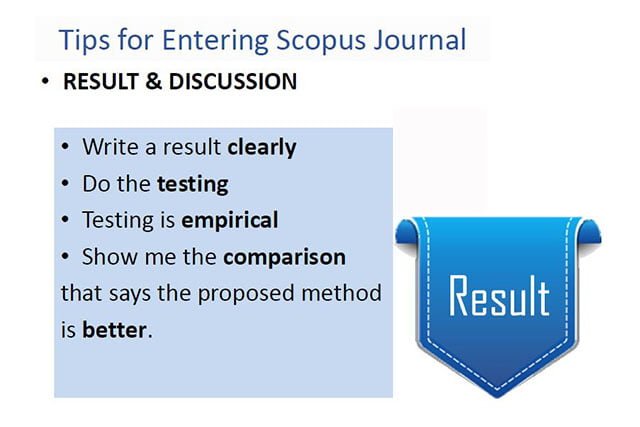The results section of a research paper is a crucial part of the document as it presents the findings of the study. It is the place where the researcher can share the results of their work with the readers and discuss their implications. In this section, the researcher should present the data in a clear and concise manner, highlighting the key findings and discussing any trends or patterns that emerged from the data.
There are a few key things to keep in mind when writing the results section of a research paper. Firstly, it is important to ensure that the results are presented in a logical and organized manner. This means that the data should be presented in a way that is easy for the reader to understand and follow. This could involve using tables, graphs, or other visual aids to present the data in a clear and concise way.
It is also important to consider the structure of the results section. One approach is to present the results in chronological order, starting with the most basic or general findings and moving on to more specific or detailed results. Alternatively, the results can be organized by theme or research question, with each section focusing on a specific aspect of the study.
As well as presenting the data, it is also important to interpret the results in the context of the research question or hypothesis. This means discussing what the results mean and how they contribute to the understanding of the topic being studied. It is also important to consider any limitations or weaknesses in the study and how these may have affected the results.
Finally, it is essential to carefully proofread and edit the results section to ensure that it is clear, concise, and free from errors. This will help to ensure that the findings are presented in the best possible light and can be easily understood by the reader.
In conclusion, the results section of a research paper is a vital part of the document that presents the findings of the study and discusses their implications. By presenting the data in a logical and organized manner, interpreting the results in the context of the research question, and carefully proofreading and editing the section, researchers can effectively communicate their findings to the reader.







